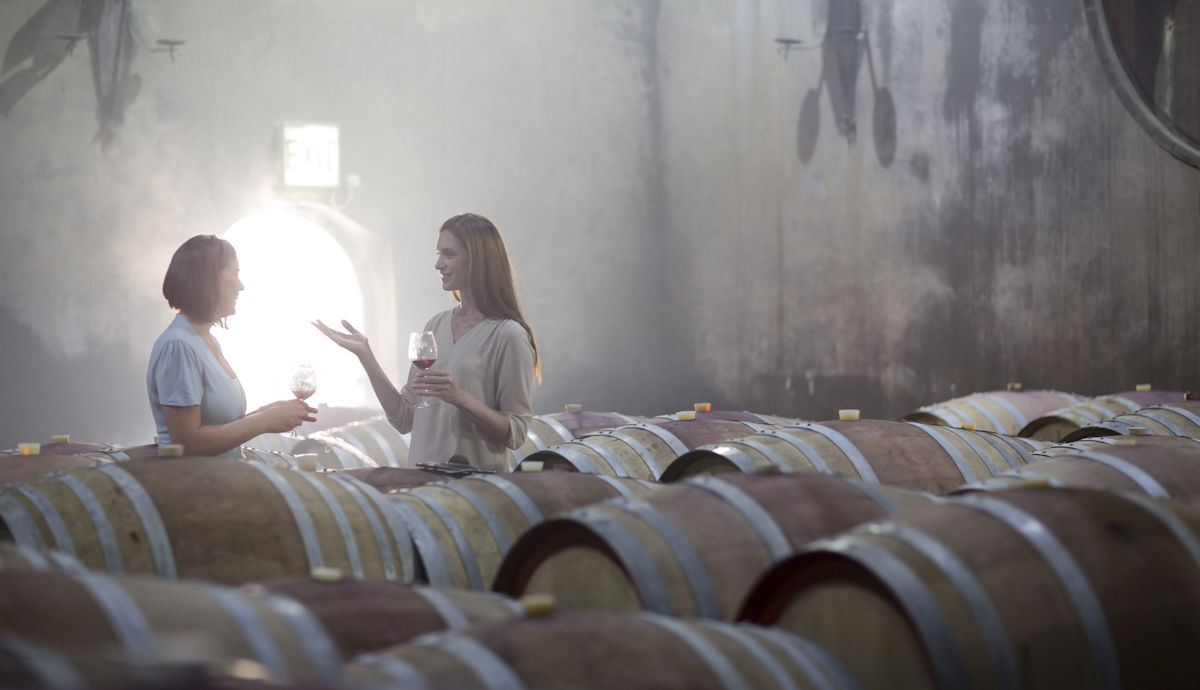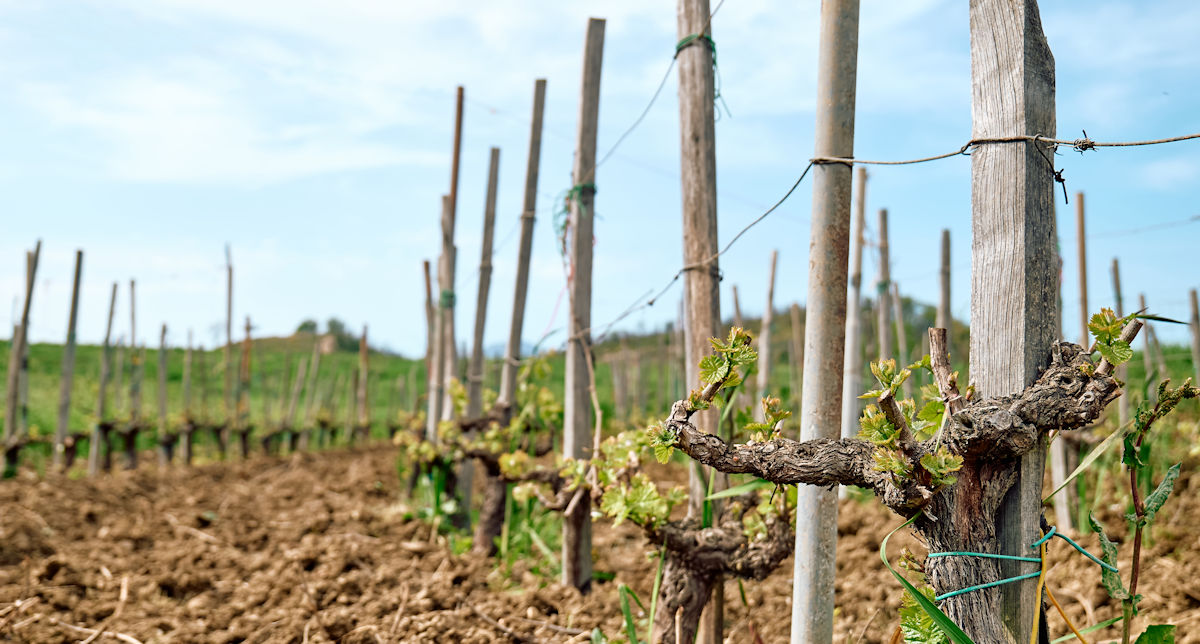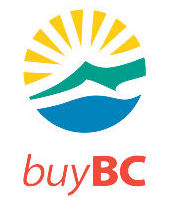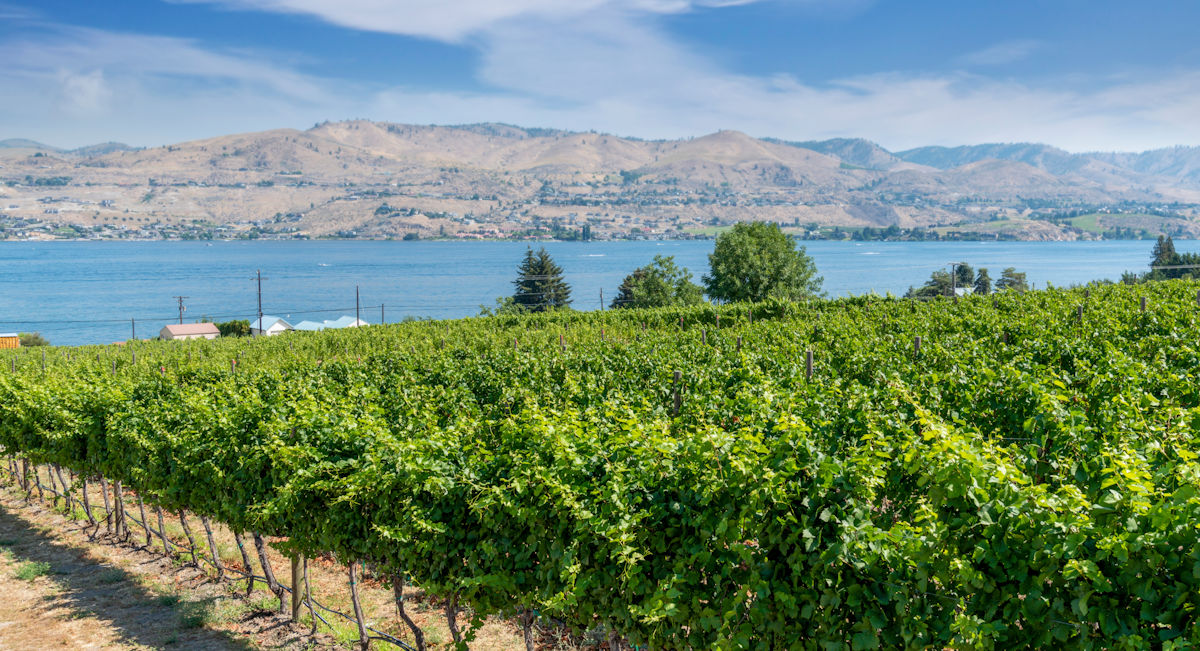The grape crop in British Columbia’s esteemed Okanagan Valley wine region was nearly obliterated in 2024, causing a steep decline in production and even substitution with American grapes. Some estimates total the 2024 losses at 97-99% of all grapes in the region.
But what happened? This article details how and why this catastrophic loss took place, how BC wineries are surviving, and what the industry is doing to recover.
Grape Devastation

BC’s southern interior experienced a polar vortex in mid-January of 2024, which saw temperatures take a nosedive from a little over 0 to below -20. By the end of the second week of January, the region had experienced consecutive days of these frigid temperatures.
This cold snap either killed or severely damaged 97-99% of the grape buds and vines in the Okanagan Valley. And it wasn’t just the grapes that died – all fruit experienced widespread damage.
Okanagan grapes are typically able to survive the frost of winter due to their resilient nature, but this cold snap was too much for them. The grapes’ hardiness builds up over the course of winter, but this polar vortex came out of nowhere, giving the plants no time to prepare when the temperatures suddenly plunged more than 20 degrees in 24 hours.
The Impact on the Industry

As you can imagine, losing 97-99% of the entire grape crop was devastating for every single Okanagan winery. Initial estimates were released that included economic losses of $440-445 million in revenue. The vineyards and wineries were expected to feel the majority of those losses directly, with the suppliers, logistics providers and distributors expected to lose around $100 million of that total.
In the Okanagan especially, the wine industry is a huge part of the economy. Not only does the industry supply a ton of tax revenue to the government, but it employs over 14,000 full-time workers who typically take home over $700 million in annual wages. The Okanagan has also become a tourist destination due to the thriving wine industry, lakes and warm weather, and lakes, employing thousands more in the region who will feel the effects of the crop loss.
Since the plants in the ground during the cold snap were unrecoverable, BC vineyards will need to essentially start from scratch. That means replanting and hoping for the best. But a full recovery could take time – even several years for the vines to mature and start producing high-quality grapes again.
The Good News
The good news is that BC wineries still have plenty of wine to sell. Wine takes years to produce, so most wineries still have tons of product in cellars and storage from previous vintages. That means there’s plenty of the good stuff in stock still. Plus, the economic losses of the 2024 crop failure won’t be felt for years to come, giving the industry time to recover and rebound.
How BC Wine is Recovering

Borrowing Grapes
In order to bridge the cap until wine production is able to restart in 2025, an interim solution was reached between BC wineries and vineyards in Washington, Oregon and Ontario.
The one-off agreement, effective April 1, 2025, to March 31, 2026, will allow BC wineries to keep the wine flowing without compromising their product. All bottles will be correctly labelled according to the origin of the grapes, so consumers will be able to distinguish them from the BC VQA wines made with 100% BC grapes. BC wineries will get the chance to create high-quality wine with grapes from a different climate and terroir, allowing people to keep their jobs across the industry.
Government Assistance
To help the wine industry adapt and recover from the 2024 crop failure, the BC government permitted wineries to apply for a temporary exemption from the requirement that ensures at least 25% of their agricultural input is from their own land. This temporary exemption also waives the 4,500L minimum annual production requirement. These exemptions are what enabled the wineries to temporarily source grapes from US states and other provinces from April 1, 2025, to March 31, 2026.
To give BC vineyards a boost, the BC government doled out $26 million for grape replanting programs and another $92 million in production insurance and AgriStability payments via the Ministry of Agriculture and Food.
Revisiting Strategy
While the 2024 cold snap and crop failure was certainly detrimental for BC vineyards and wineries, the reset also provided an opportunity. Starting from scratch again, the industry has the chance to rethink what to plant, where, and how to farm it.
For some vineyards, that means switching to even hardier grape varieties that are able to withstand colder temperatures. Others will implement new techniques like trellis systems that allow vines to be buried, or materials to blanket the vines throughout the winter.
Buy Local

When the United States enacted tariffs on certain Canadian goods including alcohol, a trade war was begun and the Canadian government responded with retaliatory tariffs.
As a response, liquor stores including BC Liquor stores across the province removed products from ‘red’ states off their shelves. But the move was more representative of how British Columbians were feeling about not only the betrayal of the US, but protecting their own businesses. The trade war only intensified the movement to ‘Buy BC’. And with so many great options produced right here at home – particularly when it comes to beer, wine and spirits, British Columbians had no problem backing the ‘Buy BC’ movement in order to preserve BC businesses.
Springs Group liquor stores stock a wide range of BC wine, plus beer, spirits and ready-to-drink mixed drinks. Drop by one of our 14 liquor stores across the Lower Mainland and Vancouver Island to see what’s in store. Plus, we’ve always got monthly specials along with grand prizes you can enter to win!



